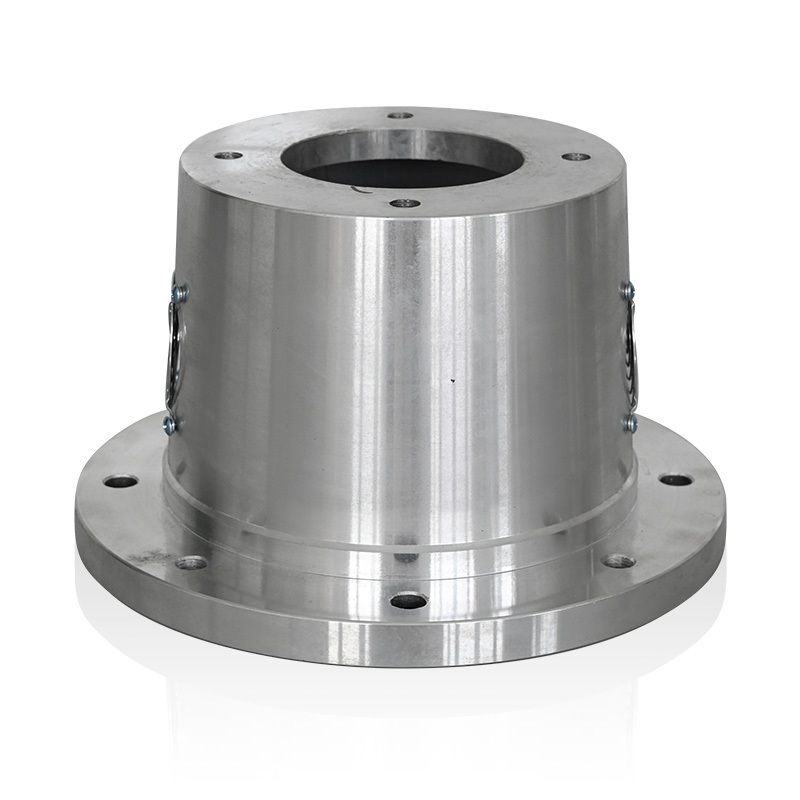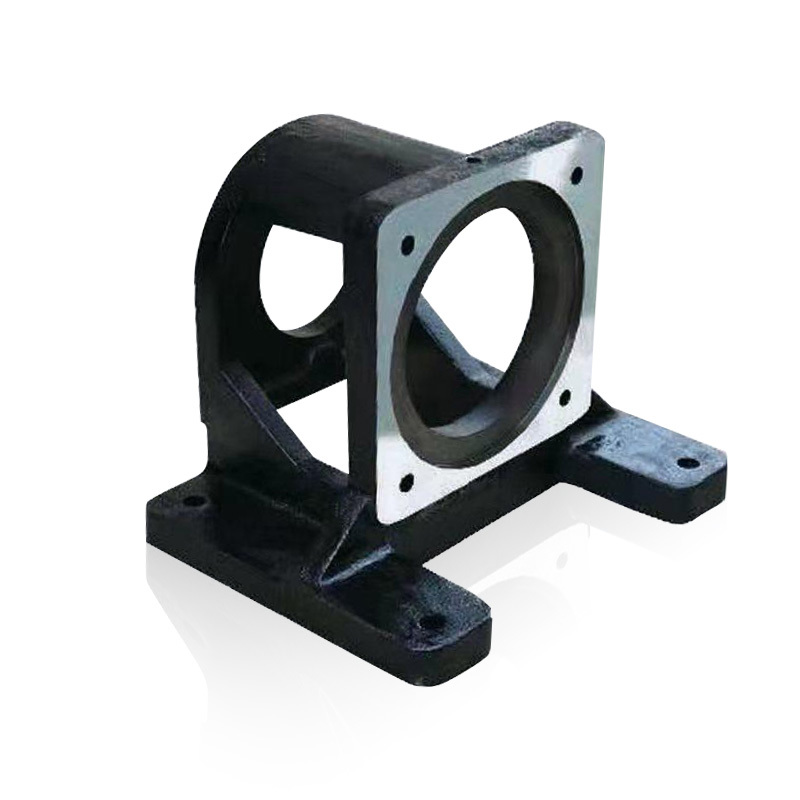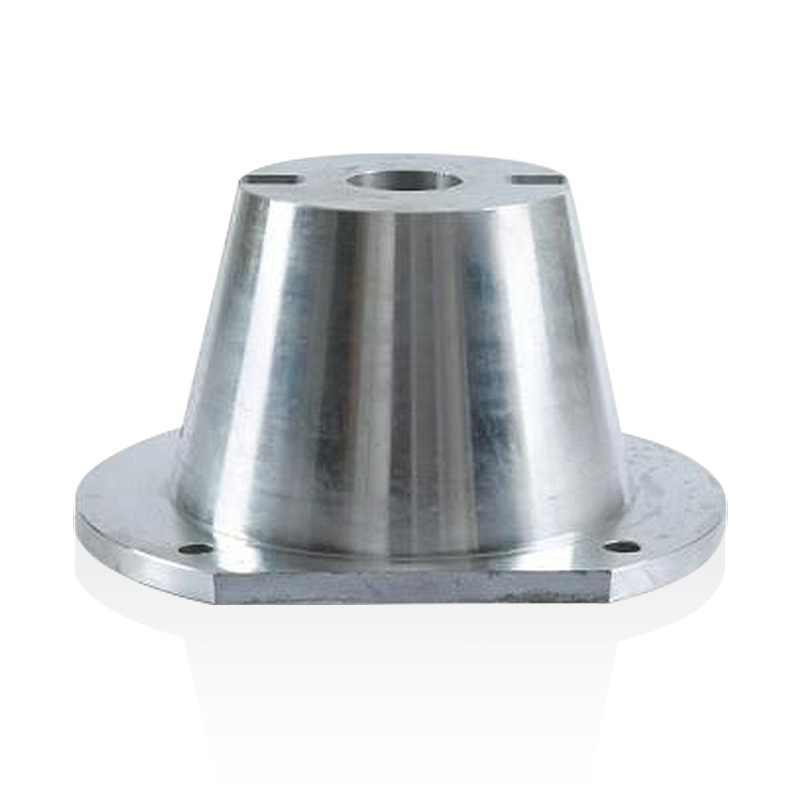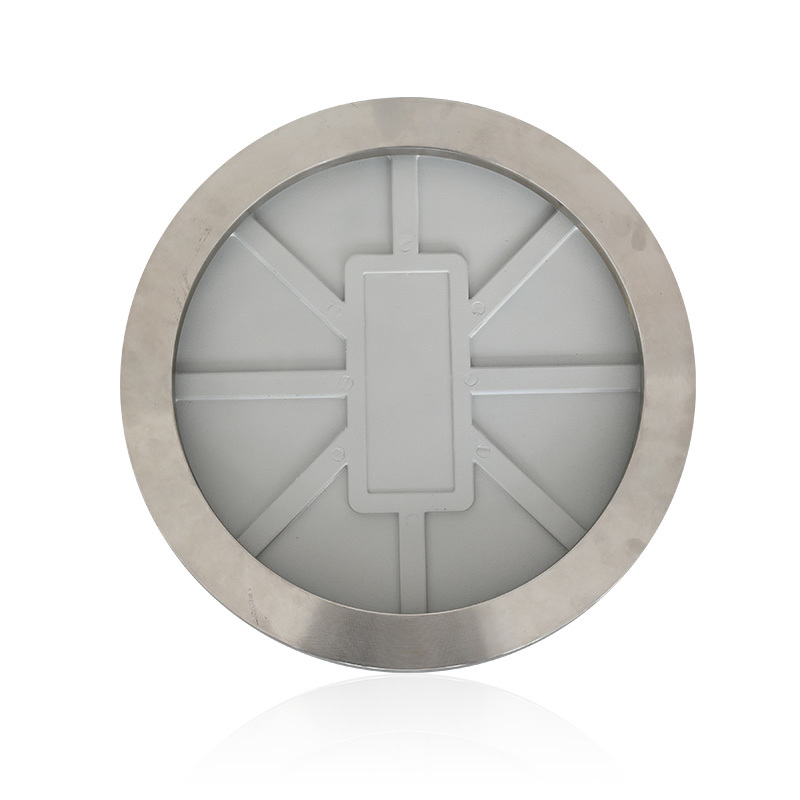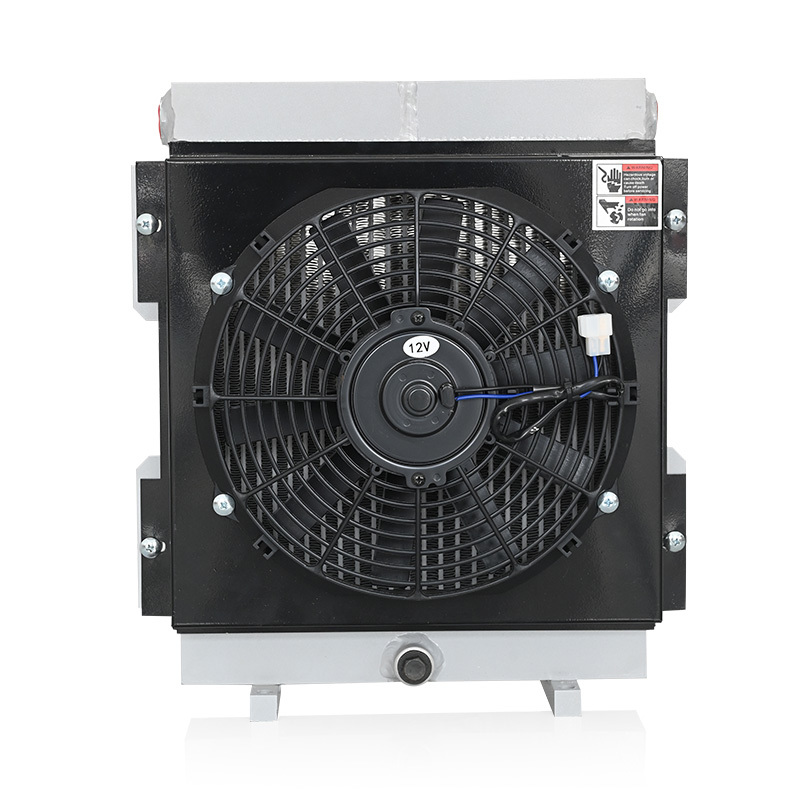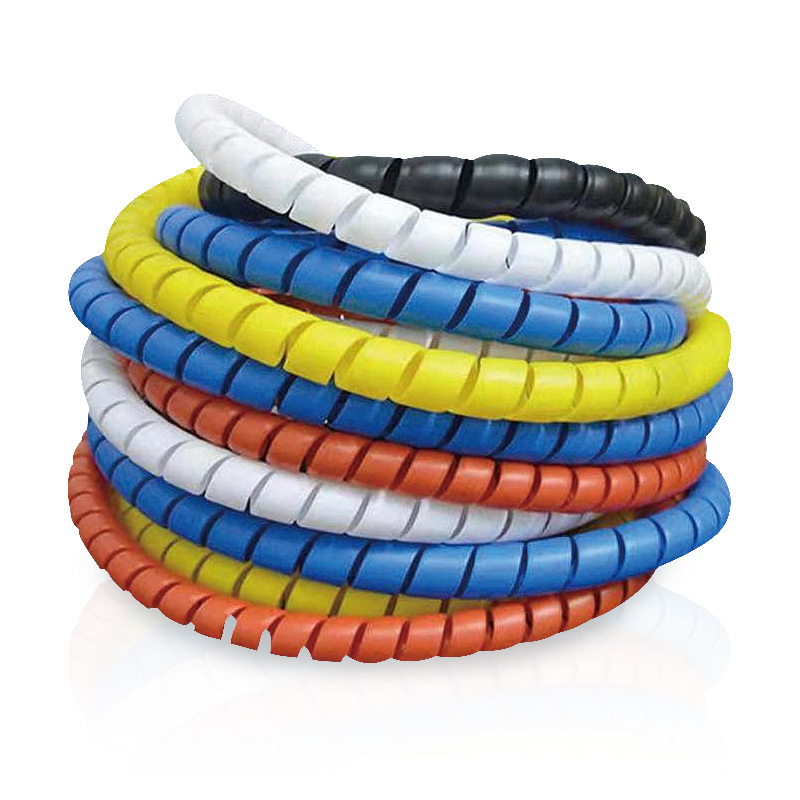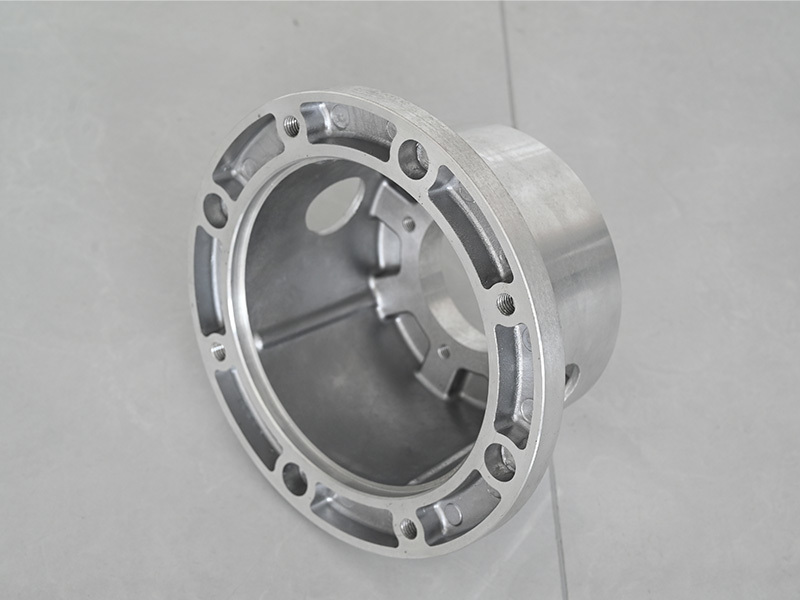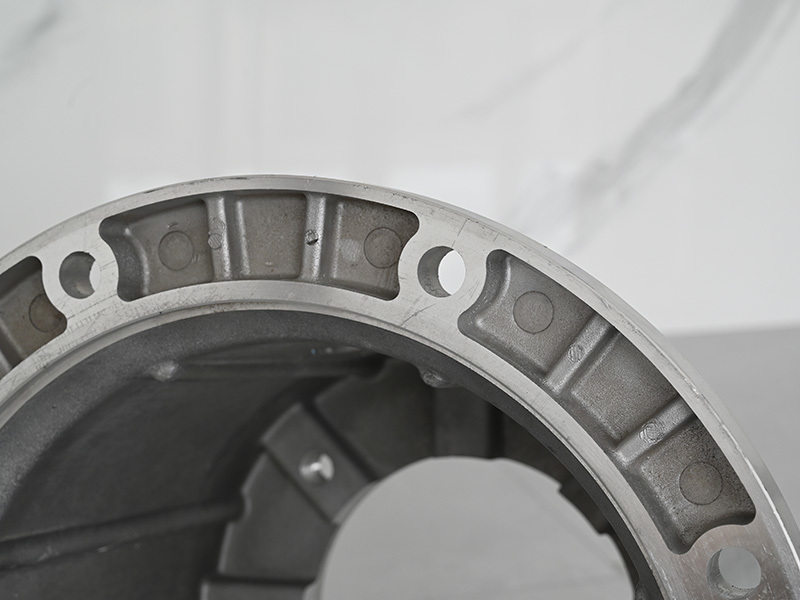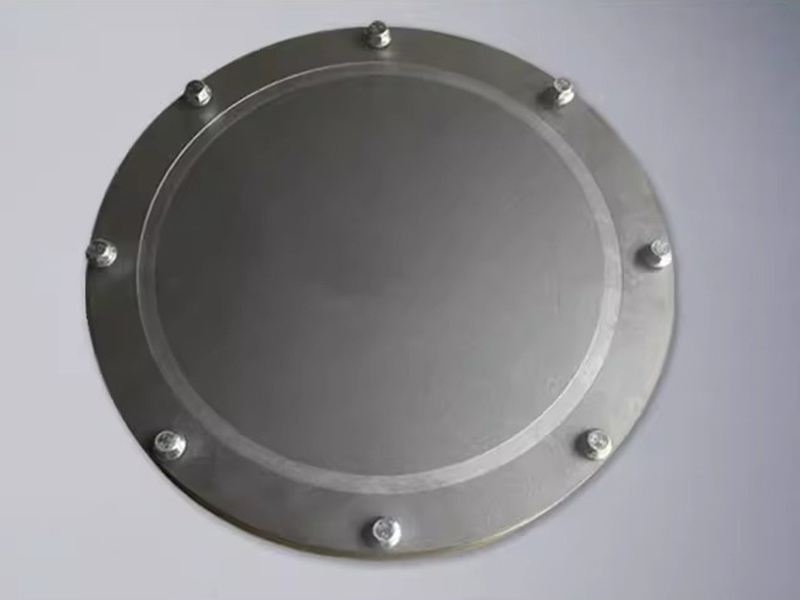The Ultimate Guide to Choosing Hydraulic Oil Tank Cleaning Covers with Lip Seals
Release Time:
Jul 04,2025
The Ultimate Guide to Choosing Hydraulic Oil Tank Cleaning Covers with Lip Seals Introduction to Hydraulic Oil Tank Cleaning Covers Hydraulic systems are vital in various industries, offering efficient power transmission. However, ensuring their optimal performance requires regular maintenance, and one critical component of this maintenance is the cleaning process. **Hydraulic oil tank cleaning co
The Ultimate Guide to Choosing Hydraulic Oil Tank Cleaning Covers with Lip Seals
Introduction to Hydraulic Oil Tank Cleaning Covers
Hydraulic systems are vital in various industries, offering efficient power transmission. However, ensuring their optimal performance requires regular maintenance, and one critical component of this maintenance is the cleaning process. **Hydraulic oil tank cleaning covers** with lip seals play a significant role in safeguarding oil integrity and ensuring a clean system. This guide explores the essentials of choosing the right covers, delving into their features, materials, and the factors influencing your decision.
Understanding the Role of Hydraulic Oil Tank Cleaning Covers
Hydraulic oil tank cleaning covers serve multiple purposes:
- **Protection:** They prevent contaminants from entering the hydraulic tank, ensuring clean hydraulic fluid.
- **Ease of Maintenance:** They simplify the cleaning process, allowing for easy access to the tank during maintenance.
- **Safety:** Proper covers help mitigate risks associated with spills and leaks.
What Are Lip Seals and Their Importance?
Lip seals are essential components of hydraulic oil tank cleaning covers, providing a robust sealing mechanism that prevents fluid leakage. Their design allows for a tight fit, minimizing the risk of contamination. Understanding their importance can help you appreciate why choosing the right cleaning cover matters.
Benefits of Lip Seals in Hydraulic Oil Tank Cleaning Covers
- **Leak Prevention:** Lip seals effectively prevent hydraulic fluid from leaking, ensuring a safe working environment.
- **Contamination Control:** They act as barriers, reducing the risk of dirt and debris entering the hydraulic system.
- **Longevity:** Quality lip seals contribute to the durability of the cleaning covers, reducing the need for frequent replacements.
Types of Hydraulic Oil Tank Cleaning Covers
When selecting hydraulic oil tank cleaning covers, understanding the various types is crucial. Each type has its characteristics and benefits.
1. Standard Covers
Standard covers offer basic protection and ease of access. They are typically made from durable materials like polypropylene or polyethylene, ensuring longevity.
2. Pressure-Sealed Covers
These covers feature enhanced sealing mechanisms, making them suitable for high-pressure systems. The pressure-sealed design ensures that the tank remains airtight, preventing leaks.
3. Locking Covers
Locking covers provide an additional security layer, preventing unauthorized access. They are ideal for environments where safety is paramount.
4. Custom-Made Covers
If your hydraulic system has unique requirements, custom-made covers can be designed to fit your specifications. These covers ensure a perfect fit and optimal performance.
Key Features to Consider When Choosing Cleaning Covers
Selecting the right hydraulic oil tank cleaning cover involves evaluating several features.
1. Material
The material of the cleaning cover influences its durability and resistance to environmental factors. Common materials include:
- **Polyethylene:** Lightweight and resistant to chemicals.
- **Polypropylene:** Offers higher temperature resistance.
- **Metal Alloys:** Suitable for heavy-duty applications.
2. Size and Compatibility
Ensure the cover fits your hydraulic tank. Measure the tank's dimensions and check compatibility with existing components.
3. Seal Quality
Assess the quality of the lip seals. High-quality seals can significantly enhance the cover's effectiveness in preventing leaks and contamination.
4. Maintenance Requirements
Consider how easy the cover is to maintain. A cover that requires minimal upkeep will save time and reduce costs in the long run.
Installation and Maintenance of Hydraulic Oil Tank Cleaning Covers
Proper installation and regular maintenance are crucial for ensuring the longevity of hydraulic oil tank cleaning covers.
Installation Steps
- **Clean the Surface:** Ensure the tank's surface is clean before applying the cover.
- **Align the Cover:** Position the cover correctly to avoid misalignment with the tank.
- **Secure the Cover:** Use appropriate fasteners or locking mechanisms to secure the cover in place.
Regular Maintenance Tips
- **Visual Inspections:** Conduct regular checks for any signs of wear or damage.
- **Replace Seals as Needed:** Lip seals can wear out over time; replace them promptly to maintain effectiveness.
- **Clean the Cover:** Regularly clean the cover to prevent dirt buildup and ensure optimal performance.
Cost Considerations When Choosing Hydraulic Oil Tank Cleaning Covers
Understanding the costs associated with hydraulic oil tank cleaning covers is essential for budgeting.
1. Initial Investment
The cost of cleaning covers can vary widely based on material, size, and features. Custom-made options may incur higher initial costs but can offer better long-term value.
2. Maintenance Costs
Factor in maintenance costs when choosing a cover. High-quality covers may have a higher upfront cost but can reduce long-term maintenance expenses.
3. Replacement Costs
Consider the average lifespan of the cover and potential replacement costs. Investing in durable covers can lead to savings over time.
Frequently Asked Questions (FAQs)
1. How often should I clean my hydraulic oil tank?
Regular cleaning intervals depend on usage and environmental factors. However, it's advisable to conduct inspections and clean the tank at least once a year.
2. Can I use any cover for my hydraulic tank?
No, it's essential to select covers that fit your tank's specifications and consider the type of hydraulic system in use.
3. What are the signs that my cleaning cover needs replacement?
Common signs include visible wear, cracks, or leaks around the seals. Regular inspections can help identify these issues early.
4. How do I maintain lip seals in my cleaning covers?
Inspect the seals regularly for signs of wear, clean them periodically, and replace them as necessary to ensure optimal performance.
5. Are custom hydraulic oil tank cleaning covers worth the investment?
Yes, if your system has specific needs, custom covers can provide a better fit and enhanced functionality, ultimately saving you time and costs related to leaks or contamination.
Conclusion
Choosing the right hydraulic oil tank cleaning covers with lip seals is critical to maintaining the integrity and performance of your hydraulic systems. By understanding the various types, features, and considerations involved, you can make an informed decision that aligns with your specific needs. Remember, investing in quality cleaning covers not only protects your hydraulic systems but also enhances their longevity and efficiency. With this ultimate guide, you are now equipped to navigate the selection process confidently.
Keywords:
You Can Also Learn More About Industry Trends


